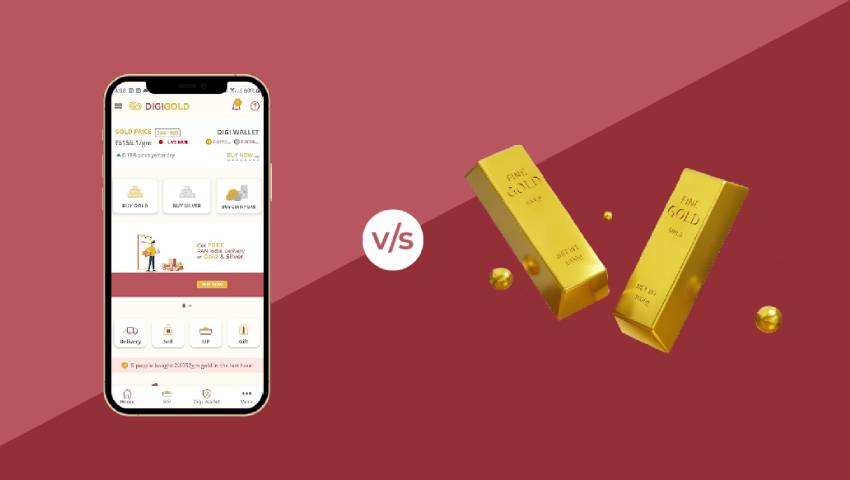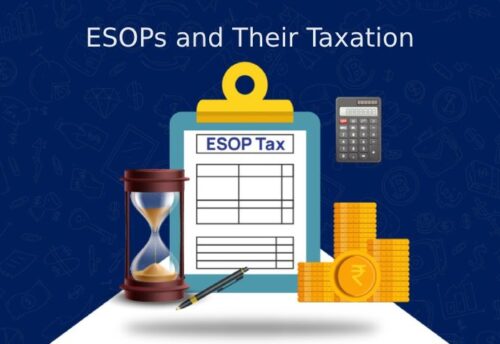
- 03/10/2024
- MyFinanceGyan
- 163 Views
- 4 Likes
- Investment
Digital Gold Vs. Physical Gold Which One Works For You?
Gold has always lived up to its reputation of being a safe haven, and to build financial security through the years. It is one of the best performing classes. From 2000-2023, the return on gold investment was 12.05%. Since 2010, the return has been steady at 9.51% CAGR. This shows that in times of uncertainty, gold has provided positive returns during falling equity markets, depreciating currency, geopolitical uncertainties, to name a few.
There are many ways you can buy gold in India, and here are the popular ones.
Here’s a quick overview of buying digital gold and physical gold in India.
Physical Gold:
Physical gold can be purchased at jewelry shops and includes a 20% making charge, 3% GST, and capital gains tax is charged when selling the yellow metal. Consumers can also buy gold bars and coins via bullion traders or government-backed institutions. Physical gold carries BIS hallmarking that guarantees the purity and fineness of gold.
Digital Gold:
Buying digital gold involves investing in exchange traded funds (ETFs), gold mutual funds, and gold futures. Here’s a brief discussion on these investment options, as follows:
- Sovereign gold bonds (SGBs): The Reserve Bank of India (RBI) issues SGBs on behalf of the Indian Government every financial year, and are made available for purchase at authorized banks, post offices, brokerage firms, and online platforms. The investment in SGB requires you to purchase a minimum of one unit of gold that equals one gram of gold. Remember, investors are guaranteed a 2.50% fixed interest rate per annum on maturity, with tenure of up to eight years, and redemption is allowed only after five years. Like Gold exchange traded funds (ETFs), sovereign gold bonds are redeemed in cash on maturity.
- Gold exchange traded funds (ETFs): Gold ETFs are bought and sold, or traded at stock exchanges of India. When you invest in a gold ETF, you don’t hold physical gold but the cash equivalent to the value of yellow metal in the market. This means that you don’t receive solid gold when you decide to sell it. Also known as paper gold, Gold ETFs eradicate the necessity of storage and making charges, unlike purchasing gold jewelry. Gold ETF is also considered as a safe haven to balance the exposure of your portfolio when the value of currency goes down. It requires a demat account to purchase gold trading is done by choosing a preferred brokerage firm, and requires a demat account.
Conclusion:
Both digital gold and physical gold have pros and cons. However, the choice of investment depends on the investor. If the sole purpose of purchasing gold is for investment, one can invest in digital gold instead of physical gold. However, digital gold is not regulated and has a limit on the maximum number of years one can hold it in digital form. In these cases, one can prefer other forms of digital investments, for example, sovereign gold bonds and gold ETFs Exchange Traded Funds (mutual funds). On the other hand, physical gold is good for consumption and is not advised for investment purposes.
Be it digital gold or physical gold, an investment portfolio with around 10%-20% of gold is considered healthy. This helps in diversification of the portfolio and also hedges against volatility, currency risk and inflation risk.
Please note,
The views in the article/blog are personal and that of the author. The idea is to create awareness and for educational purpose and not intended to provide any product recommendations.



